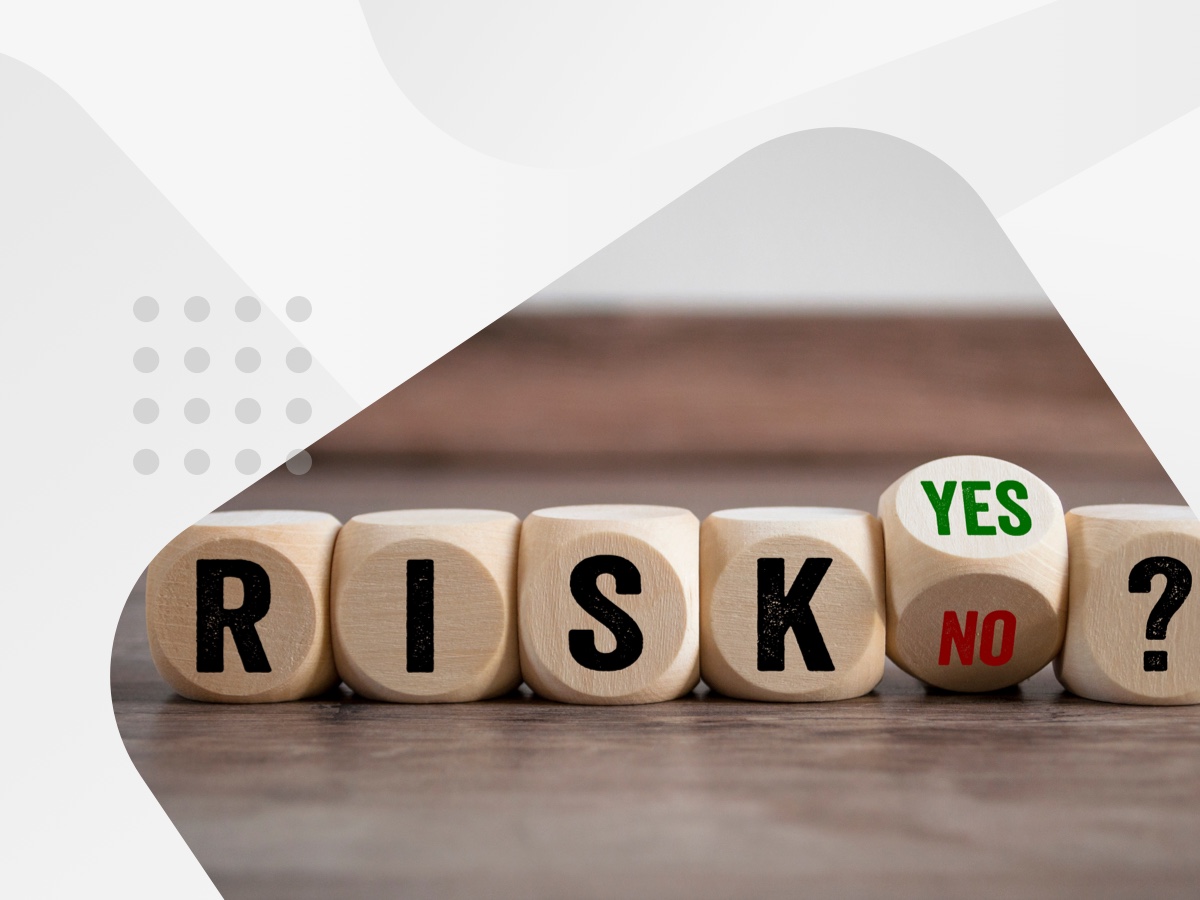
Risk modelling entails using past behaviour to predict future tendencies. Using a combination of lived experience, machine learning and complex algorithms, the credit risk modelling capabilities available to Australian businesses are being refined with every passing day. Accurate modelling is fundamental to the early identification of risky debtors and late payers. So, let’s define credit risk modelling, and explore how it may protect your business from poor cash flow, and risky trading partners.
What is credit risk modelling?
Modelling refers to the ability to predict the future based on the learnings of the past. The more sophisticated your modelling tools and methods, theoretically the more likely you are to be correct in your predictions. Effective modelling forms a core component of everything from electoral projections, to budgetary outlooks and security risk analysis. It is by no means foolproof, however, it can give a greater understanding of the likelihood of certain outcomes.
Credit risk modelling takes this concept and applies it to potential borrowers, whether they be individuals or businesses. The modelling may predict a borrower’s probability of default, payment tendencies, or risk of adverse events. Some data involved will be specific to the entity in question, while other information that informs the model will be more broad in nature.
Factors that can influence business credit risk monitoring may include:
- Profitability ratios
- Payment History
- Repayment capacity
- Level of solvency
- Duration covered by a credit report
- Company size
- Size of liabilities/approved loans
- Ownership structure
- Customer demographics
For example, CreditorWatch utilises three extensive categories of data in its sophisticated credit risk analysis for client businesses – RiskScore. On an entity-specific level, this incorporates their payment history, defaults, ASIC notices, and other information. However, it also draws from broader regional or demographic data to create a more complete picture of risk. The more variables a model can encompass, the more accurate its predictions are likely to be.
Who uses credit risk modelling?
Any creditor seeking to gain a clearer picture of the risk posed by debtors may want to consider taking advantage of credit risk monitoring. Especially any business that operates in traditionally high-risk sectors, such as construction. It has the capacity to detail their exposure to the three main types of credit risk:
- Credit default risk – relatively self-explanatory. A business armed with accurate default modelling will stand a greater chance of predicting trading partners that will fail to pay invoices, either on time or at all. Considering the potential for insolvency that accompanies default from high-volume or high-value trading partners, this forewarning can be incredibly valuable.
- Concentration risk – if your creditors are all concentrated within one industry or sector, you are exposed to the overall risk profile of that sector. Should that industry collapse, your lack of debtor diversity may have serious ramifications. Credit risk modelling will help identify any over-reliance on particular sectors, encouraging you to ensure that your avenues for cash flow are adequately spread.
- Country risk – seeing as they hold the reins of world economies, businesses should never overlook the potential risks that may arise from rapid legislative change by governments. If countries employ protectionist policies or place a freeze on certain products, your business may quickly find itself exposed.
What methods are used for Credit Risk Analysis Models?
Credit risk modelling methods vary significantly. As with calculating averages, there are different philosophies that can be applied through the use of certain modelling techniques, and they speak to the likelihood of different objectives. To demonstrate, four of the main methods of financial risk modelling are market risk, value at risk (VaR), historical simulation (HS), and extreme value theory (EVT).
- Market Risk – the risk of losses arising from changes in market conditions such as prices or increased volatility.
- Value at Risk – estimating how much a set of investments might lose (with a given probability), often expressed as a percentage (%), given normal market conditions over a set period – such as a day of trading.
- Historical simulation – simulates the cumulative distribution function (CDF) of assets returns over time, applying equal weight to all returns of the whole period.
- Extreme Value Theory – assesses, from a given ordered sample of a given random variable, the probability of events that are more extreme than those previously observed.
Further, these models are then mathematically optimised using increasingly complex algorithms, machine learning capabilities, and powerful new coding languages, such as Python.
Monitor the credit risk of trading partners to preserve cash flow with CreditorWatch
With the most predictive payment and future risk modelling capabilities for client businesses of any credit rating body, our CreditorWatch RiskScore and Payment Predictor set the industry standard for accuracy and efficiency. It is essential for any business that wants to safeguard cash flow and avoid risky trading partners. As the Probability of Default (PoD) increases within your industry, the need for sophisticated credit risk monitoring grows.
To see how you could empower your team’s decision-making with effective and proactive debtor risk management, start your free trial today.

Get started with CreditorWatch today
Take your credit management to the next level with a 14-day free trial.

